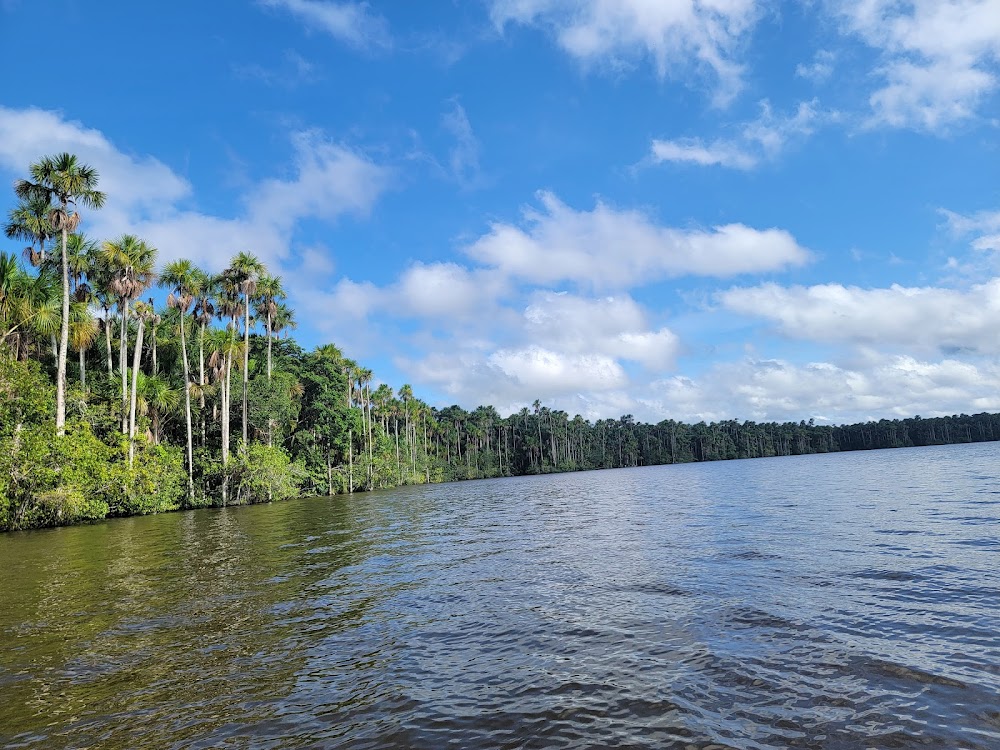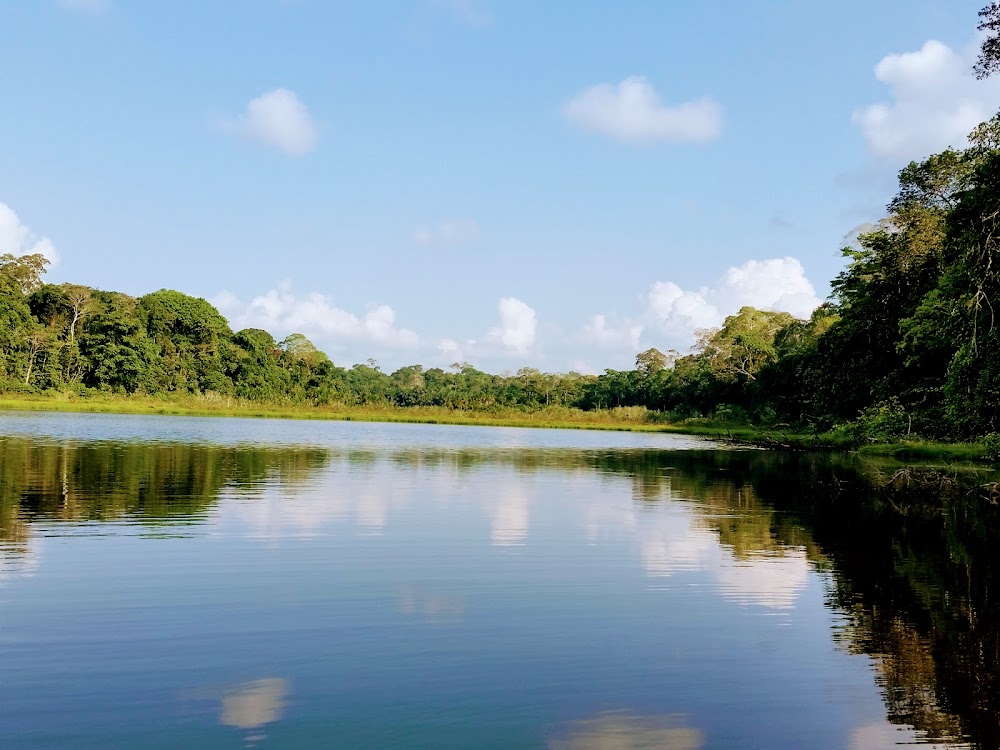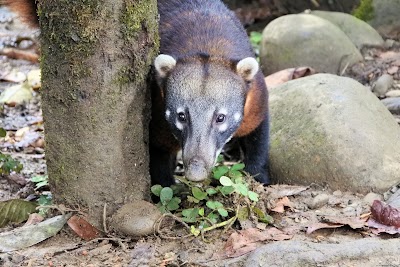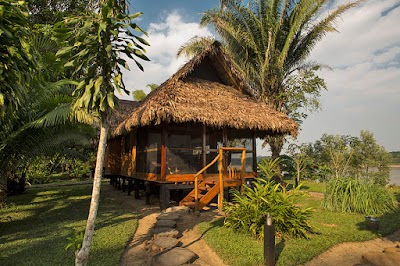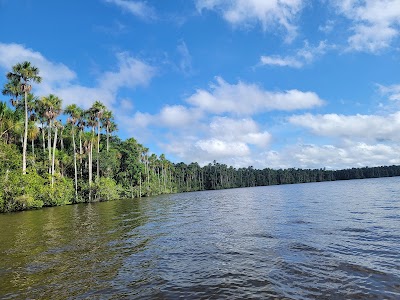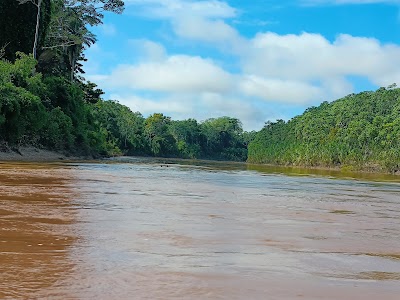Tambopata National Reserve (Reserva Nacional Tambopata)
Overview
Introducing Reserva Nacional Tambopata
Nestled in the Madre de Dios region of Peru, the Reserva Nacional Tambopata is a breathtaking showcase of conservation and biodiversity. Covering approximately 274,690 hectares of vibrant tropical rainforest, winding rivers, and serene oxbow lakes, this reserve is home to one of the richest ecosystems on the planet. Its creation is a testament to the commitment to preserving the natural beauty of this remarkable area.
The Journey to Conservation
The story of Tambopata began in the 1980s when scientists and environmentalists recognized the ecological significance of this region. With a staggering array of wildlife, including over 600 bird species, 1,200 butterfly species, and 169 mammal species, the area captured the hearts of conservationists who aimed to protect it from threats like deforestation, illegal mining, and logging.
Establishment of Protected Zones
In 1990, the Peruvian government, with the support of international conservation organizations, established the Tambopata-Candamo Reserved Zone. This marked a critical first step in implementing stricter regulations and promoting sustainable land use. As research and advocacy efforts continued, the demand for even greater protection became evident.
On September 4, 2000, the area was officially designated as the Reserva Nacional Tambopata. This designation solidified the commitment of both governmental and organizational entities to ecological preservation. A key focus was involving local communities in conservation efforts, ensuring that those residing in and around the reserve benefit from and actively participate in its protection.
Collaboration for Conservation
The success of Reserva Nacional Tambopata stems from extensive collaboration. Organizations such as the Peruvian Amazon Research Institute (IIAP) and the World Wildlife Fund (WWF) have played vital roles in supporting scientific research, providing sustainable development training for local communities, and implementing eco-friendly tourism practices. Additionally, international donations and grants have bolstered conservation and sustainable development initiatives.
The Role of Ecotourism
Ecotourism is integral to the mission of Reserva Nacional Tambopata. Eco-friendly lodges and resorts within and around the reserve offer guided tours, allowing visitors to immerse themselves in the unique flora and fauna while minimizing environmental impact. This environmentally conscious tourism not only stimulates local economic growth but also raises awareness about the importance of conservation.
Must-See Attractions
Visitors to the reserve can explore incredible sights such as Lake Sandoval, an oxbow lake famous for its breathtaking sunsets and diverse wildlife, including giant river otters and black caimans. The Collpa de Guacamayos, a vibrant clay lick, draws hundreds of colorful macaws and parrots in a mesmerizing daily spectacle. Additionally, trails and canopy walkways provide thrilling opportunities to experience the rainforest's towering trees and unique plant life up close.
Commitment to Education and Research
Education and research are cornerstone principles of the reserve's mission. Field stations and research centers serve as hubs for scientific study, enabling the monitoring of species, ecosystems, and the impacts of climate change. These dedicated efforts position the reserve as a leader in tropical ecology and conservation research.
Challenges Ahead
Despite its achievements, Reserva Nacional Tambopata faces ongoing challenges, including illegal logging, gold mining, and agricultural encroachment. However, continuous efforts from both governmental and non-governmental organizations, coupled with community involvement, strive to counter these threats and uphold the integrity of the reserve.
A Symbol of Hope
Reserva Nacional Tambopata stands as a powerful symbol of what can be accomplished through dedicated conservation efforts, community engagement, and sustainable practices. It embodies a harmonious balance between preserving the natural world and supporting the livelihoods of those who depend on it, making it a must-visit destination for eco-conscious travelers.


